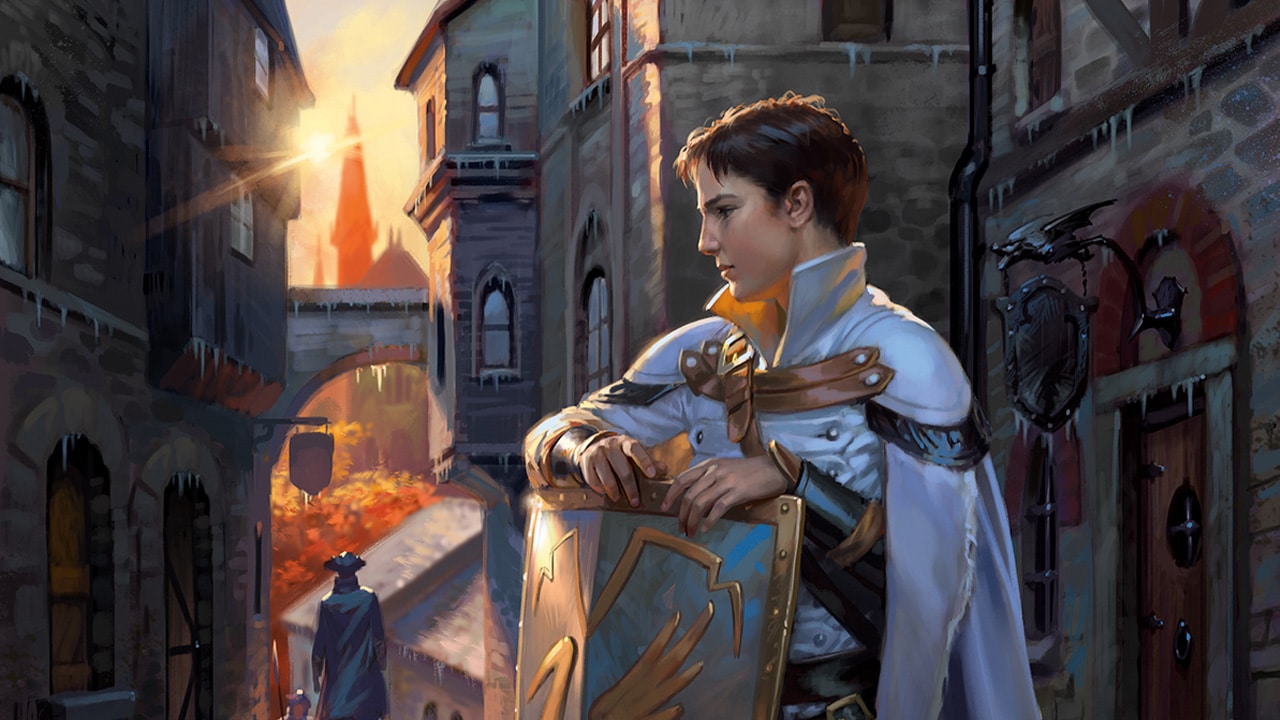As with paper Magic: the Gathering, on MTG Arena, there are a lot of formats for players to enjoy. Each of these formats can, of course, be played casually with friends and niche pet decks. For those looking for something a little bit more competitive, however, MTG Arena also has a ranked ladder.
Through this ranked ladder, MTG Arena players can compete to become the best of the best. Beyond doing this for bragging rights, achieving a high enough rank will also qualify players to compete in events! With cash prizes eventually on the line, it’s no wonder that MTG Arena players want to have the best decks!
If you’re looking to join that upper echelon of competitive play yourself, we’ve got you covered! Throughout this list, we’ll be giving a quick rundown on some of the best decks in each format on MTG Arena. Using these, hopefully, you can start or accelerate your competitive journey up the ranks!
As an important note before we get into the list properly, today, we’ll only be looking at the best-of-one variant of each format. While best-of-three (also known as Traditional), is available for most formats, best-of-one is played significantly more on MTG Arena. Subsequently, for this list, best-of-one feels like the appropriate choice.
Now, with that quite aside out of the way, let’s get into all the best decks on MTG Arena right now!
Standard

Since the game’s release, Standard has been the go-to format on MTG Arena. Even after the format faded in popularity on paper, Arena has kept Standard alive. Despite this constant digital presence, recently Wizards of the Coast set about trying to save Standard. To do this, major changes have been made to rotation, and the format’s ban list.
As a result of these changes, with the release of Wilds of Eldraine, Standard did not rotate. Instead, the format has moved to a three-year rotation which keeps old cards around for longer. On paper, this is designed to entice more players to the format. Unfortunately, however, digital players get the short end of the stick as things simply aren’t changing.
Thankfully, while things did remain somewhat stagnant after Wilds of Eldraine’s release, recently, Standard has seen a major shake-up. Following the release of The Lost Caverns of Ixalan, multiple new cards and archetypes are running rampant. Due to these new and evolving decks, Standard is feeling fresher than it has done in a long time.
If you want to read about the current state of Standard on a broader scale, we’ve got you covered. Here are the top ten decks in the Standard format right now. If this is a bit much to digest, worry not, as we’ve got the best two decks below for your convenience.
Boros Convoke
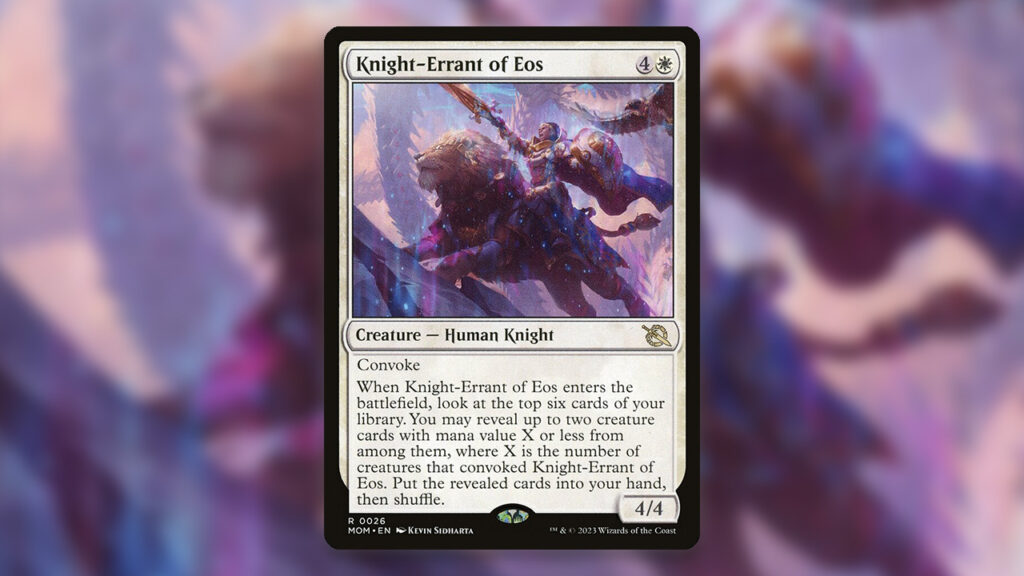
Currently, most of the Standard metagame is fairly slow, with a good many midrange decks taking their time getting going. This has left a fair bit of room for aggressive strategies to get in early and race for the win. Aiming to deal enough damage before board wipes become a threat, these decks are ruthlessly efficient.
Like many aggressive decks, Boros Convoke largely revolves around low-cost and aggressive creatures that go wide. For this, Resolute Reinforcements works wonders alongside other token generators like Gleeful Demolition. Once in play, these cards allow threats like Warden of the Inner Sky to grow worryingly quickly.
Alongside amping up Warden of the Inner Sky, this deck obviously also utilizes Convoke through Knight-Errant of Eos. Providing a decent body alongside a slightly tutored card draw, this new staple provides a good deal of added consistency. Added consistency also comes via Imodane’s Recruiter who even offers a win-con in a pinch.
As with most aggressive decks, many Boros Convoke lists don’t really care about removal or protection. Instead, it’s just all-out damage all the time until your opponent stops moving. Should you want a little more security, however, Get Out is the current favorite removal while Surge of Salvation offers protection.
Overall, despite going against the current midrange soup that makes up most of Standard, Boros Conkove is still very powerful. This is especially true in Best-of-One matches as opponents can’t react to this deck’s aggressive strategy as easily. That being said, Boros Convoke can still achieve good results in Best-of-Three games, so don’t be deterred.
Esper Midrange
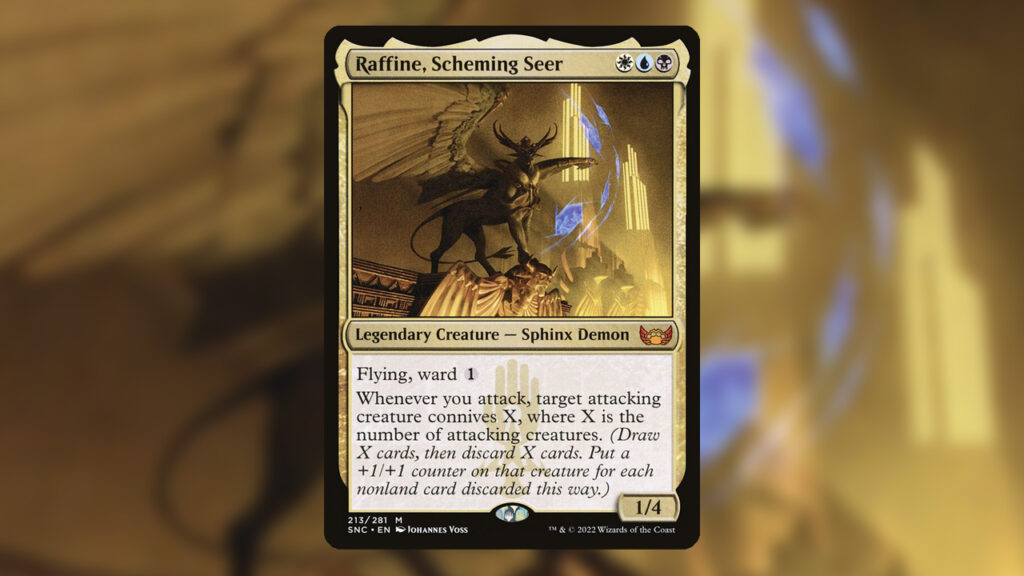
In a glorious return to form, Esper Midrange is once again the top deck in Standard right now. Featuring two new cards from The Lost Caverns of Ixalan, this deck is certainly relishing its new upgrades. Between the two cards, the most dominant new arrival is undoubtedly Deep-Cavern Bat. Providing information and removal, this unassuming new card lets the control archetype excel.
Beyond the new cards providing some added spice, the core of Esper Midrange remains the same as always. With Raffine, Scheming Seer leading the charge, this deck delivers buffs and beatdowns, while maintaining the board through a control core. Having existed in Standard for literal years now, this deck is an undisputed classic in Standard.
Alongside having an impressive legacy, Esper Midrange is still topping tournaments today. Recently, for instance, the above list won the recent Standard Open event, proving itself to be the best once again.
Historic

Following the Introduction of Timeless, which we’ll get to shortly, Historic is in a strange position. Instead of being MTG Arena’s answer to an eternal format, Historic is just, well… Historic. With its own decks and metagame, Historic now has to stand on its own two legs as its own format. Thankfully, with a variety of archetypes for players to pick between, the format should be able to stand firm.
Regardless of whether you’re looking to be creative or competitive, Historic has a lot to offer. In the ranked queue, especially best-of-three, you’ll find highly competitive lists that are played on a knife’s edge. In unranked queues, however, you’ll find a vast well of creativity and pet decks that shine in their own right.
If you’re looking to break into the Historic metagame, we’ve got you covered with a dedicated article. If you’re after a quicker rundown, however, then we’ve got you covered there as well. Below are two of the best-performing decks in best-of-one Historic.
Mono Green Elves

Much to my delight since it’s my own favorite deck, right now Mono Green Elves is, by volume, the most popular deck in best-of-one Historic. This fact is rather fitting when you consider the strategy of this deck is all about building up a massive board! Through Lords and the occasional Craterhoof Behemoth, this board can quickly be turned into a devastating game-ending treat.
Interestingly, while it is the most popular Historic deck for best-of-one, in Traditional Historic, Mono Green Elves is absolutely nowhere. In this variant of the format, you’d be much better off playing a more traditional and versatile mono-green deck. While this is worth keeping in mind if you want to jump to best-of-three, Mono Green Elves is still a tremendous amount of fun.
Izzet Jegantha
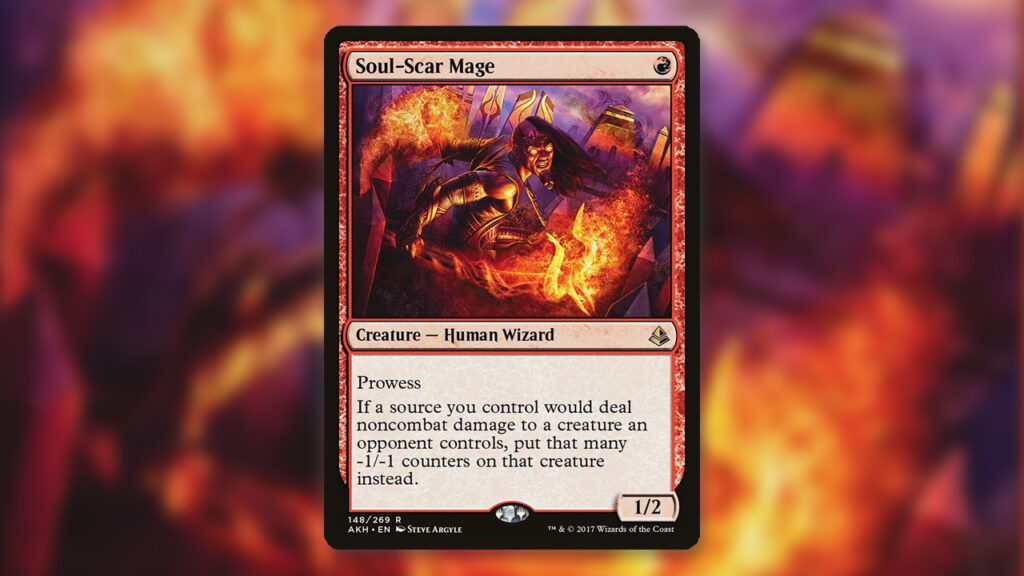
While Rakdos was previously the king of the Historic meta, thanks to recent nerfs, that has all changed. Affecting The One Ring and Orcish Bowmasters, the metagame has shifted considerably as these cards have fallen out of favor. In their place, Mono-Green and Izzet decks have filled the metagame’s power vacuum.
Since we’ve already covered one mono-green Historic deck, here, we’ll be highlighting the Izzet Jegantha deck that’s especially prevalent right now. Hard countering the ramp and elf-based antics of Historic’s Mono-Green decks, this assortment of Wizards and burn is especially punishing. After all, your opponent can’t ramp into a win if all their Llanowar Elves are dead.
As for the deck itself, Izzet Jegantha is predominantly built around creatures like A-Symmetry Sage. Providing extra value from each spell cast, this powerful creature lets your spells focus on being, while still providing damage. If needs be, in Best-of-Thee, the sideboard can even shift this deck into a more controlling matchup to deny combos and more.
For good measure, Izzet Jegantha decks also use Jegantha, the Wellspring as their Companion. While this five-mana creature hardly makes the deck sing, it can provide some extra value at no meaningful downside.
Timeless

Released in December of 2023, Timeless is the latest, and arguably greatest, format on MTG Arena. Offering access to every single card on the platform, the Timeless format doesn’t have a banlist at all! Instead, to keep the format balanced, Timeless has introduced a Restricted List to MTG Arena.
Being a brand-new format, there’s understandably a lot of hype and interest in Timeless right now. Due to just how fresh the format is, however, there’s little information about exactly which deck is best. Thankfully, despite this important detail, we’re already seeing trends and definitely playable decks emerging.
As a surprisingly competitive format, below, we’ll be covering the best two best-of-three decks in Timeless right now. If you want to see a wider picture of the format, we’ve got you covered there too thanks to our latest tier list. For now, however, let’s keep things short and sweet.
Delver

As predicted, Timeless has an incredibly powerful Delver deck currently running amok in the meta. Given the deck’s name, you shouldn’t be too surprised that it includes Delve Spells, and Delver of Secrets. Alongside this iconic Legacy and Pauper staple, the rest of Delver is a deadly mix of aggression and control.
With Ragavan, Nimble Pilferer, Dragon’s Rage Channeler and Ledger Sredder, Delver blitzes through the early game. While this is typically enough to devastate opponents, Delver doesn’t stop there. To dish out additional damage and control, Unholy Heat, Lightning Bolt keep opponents in check.
For additional utility, Devler decks also employ plenty of card draw and counterspells such as Treasure Cruise. Giving you no end of gas from your spent spells, this entire deck is a value goldmine. While it may not last more than a few turns against major threats, Delver only needs a handful of turns to win.
Mono Black Necropotence
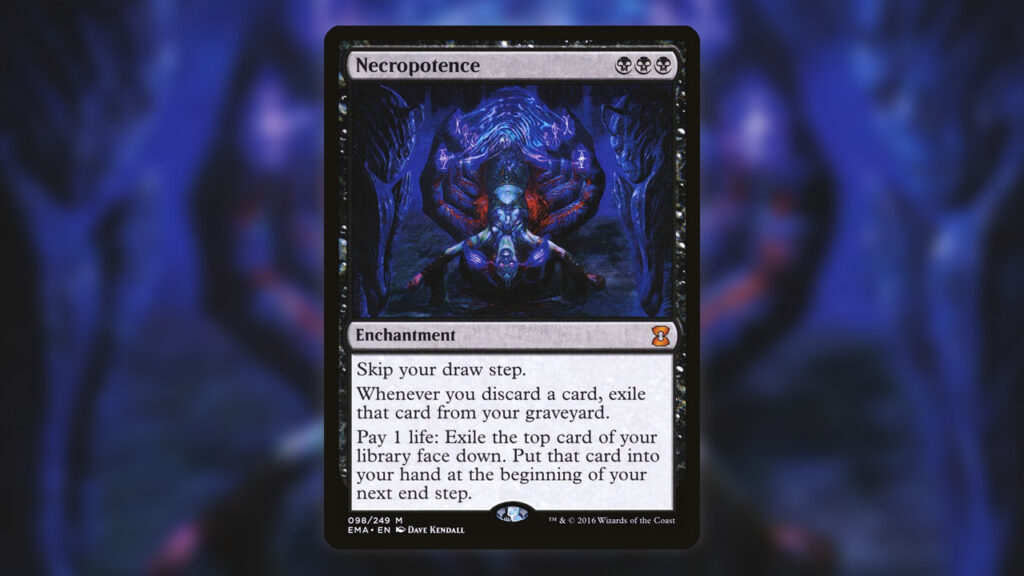
Currently, the Timeless meta is being dominated by Necropotence. Introduced to MTG Arena in the Enchanting Tales bonus sheet, this card has quickly established itself in multiple of the best decks. Offering near-unparalleled card draw, Necropotence fuels a deck full of the best black cards around.
As you might expect, given the above, Sheoldred, the Apocalypse and Orcish Bowmasters are the damage dealers. Controlling your opponent while chipping away at their health, these cards are a nightmare to play against. Furthering this oppressive theme, this mono-black deck also features removal staples. Between Fatal Push,The Meathook Massacre, and many more, locking down the board is a breeze.
If you’re not all about playing the best black spells for maximum value, this deck also has a combo variant. Utilizing a plethora of zero and one-cost spells, Necropotence allows for a unique Storm win. In black, options for this are limited, but thankfully Tendrils of Agony is on MTG Arena. While this deck is very fun, unfortunately, it’s not nearly as powerful as the value-rich decklist below.
Alchemy
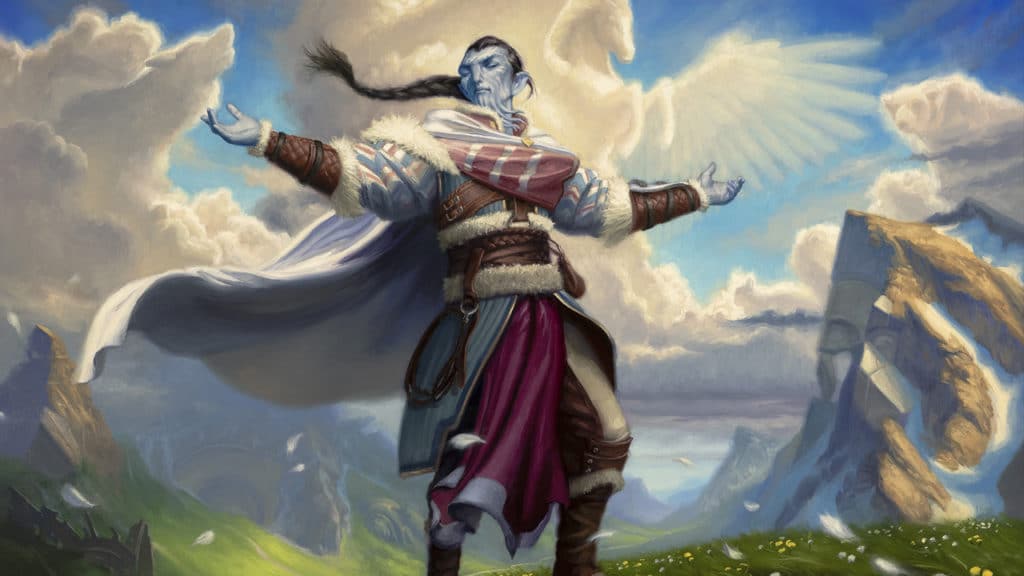
Alchemy is like the Marmite of Magic: the Gathering formats. Some players, such as myself, absolutely love it thanks to its diverse and shake-up-prone metagame. Other players, however, loathe this format for introducing digital-exclusive cards and economic troubles. Whatever your stance on Alchemy, one thing’s for certain sure: It can be a lot of fun.
As much as there are mixed opinions, recently, the format got a whole lot more interesting. This is thanks to it being the only format that actually rotated with Wilds of Eldraine’s release. Following rotation, the Alchemy format has unsurprisingly been in a state of massive flux as players race to determine the best deck.
Following the format’s rotation, Alchemy has become one of the most interesting and diverse formats on Arena. While this did take a few much-needed rebalancing, Alchemy is arguably in its best place ever at the moment. With a variety of tier-one archetypes to pick between, Alchemy is a downright compelling format to play!
While the format has definitely experienced some troubles in the past, there’s still a lot to enjoy about Alchemy. So, whether you’re looking to climb up the Alchemy ladder or just have some fun, Alchemy may well be the format for you.
Gruul Ramp
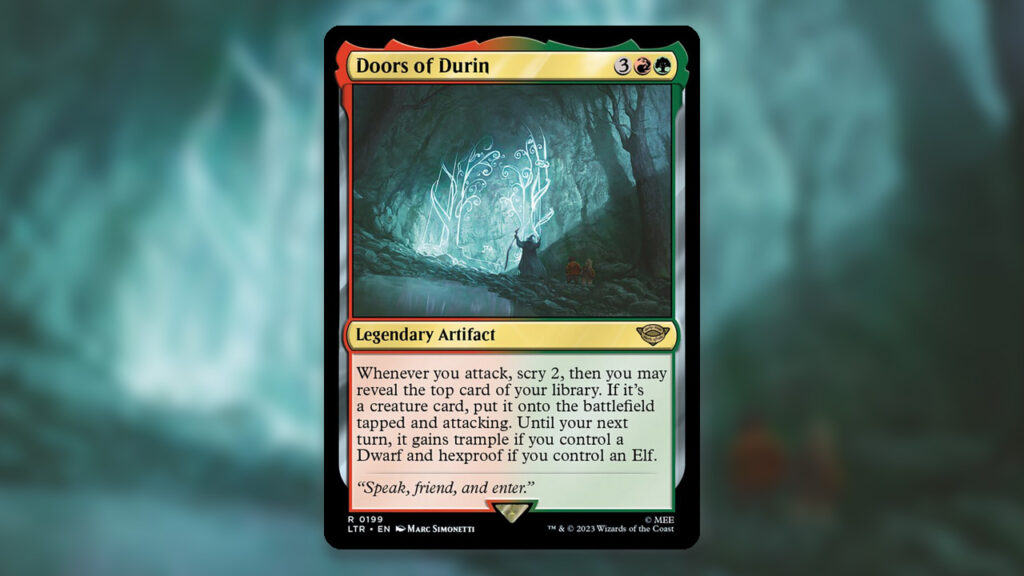
Unlike a lot of formats on MTG Arena, green has a large place within the Alchemy metagame. Proving this point, one of the most dominant decks right now is the emergent Gruul Ramp deck. As usual for this archetype, this deck combines early aggro and ramp to scale up into major threats.
As the namesake card for many lists, this deck typically revolves around [tootips]Doors of Durin[/tooltips]. Capable of cheating out the deck’s best cards, this Legendary Artifact allows for quite a unique deck, to say the least. Rather than containing all the usual bombs, many Gruul Ramp lists simply use massive common creatures, capable of dealing immense punishment.
Alongside the rather unorthodox assortment of major threats, Alchemy’s Gruul Ramp deck also has a Dinosaur sub-theme. Providing ramp and early game pressure Intrepid Paleontologist are Huatli, Poet of Unity are veritable staples. For some added spice, some lists choose to include Planeswalkers such as Wrenn and Realmbreaker.
Dollmaker Combo

While it featured as a new powerful piece of Mardu Pigrange, Dedicated Dollmaker is part of its very own combo! Harnessing the card’s token-creating ability, Dollmaker Combo creates an infinite mousemaking loop! The only other card you need to make this happen is Three Blind Mice from Wilds of Eldraine.
By creating a token copy of Three Blind Mice, this saga is able to copy itself during its second and third chapters. Through this, you’re able to steadily build your board with a never-ending stream of 1/1 Mouse tokens. Thankfully, these can easily get buffed by the saga’s final chapter, which will also be activating every single turn.
As you can imagine, this combo, facilitated by Dedicated Dollmaker, is quite a powerful one. Should it not be enough to do the trick on its own, however, there’s also Rusko, Clockmaker and Porcine Portent to copy.
Explorer

Created for MTG Arena in April of 2022, Explorer is one of the newest formats in MTG. Curiously, this format will also be one of the most short-lived, as Explorer isn’t sticking around forever. Instead, thanks to it being MTG Arena’s answer to Pioneer, this format will eventually cease to exist. This will gradually happen over time as Wizards releases more Remastered sets and Anthologies.
For the time being, Explorer isn’t quite one-to-one with Pioneer on paper. This means that Explorer still has its own metagame with plenty of unique interactions. If you want to master this unique metagame, here are a few of the best decks to do just that!
Rakdos Vampires
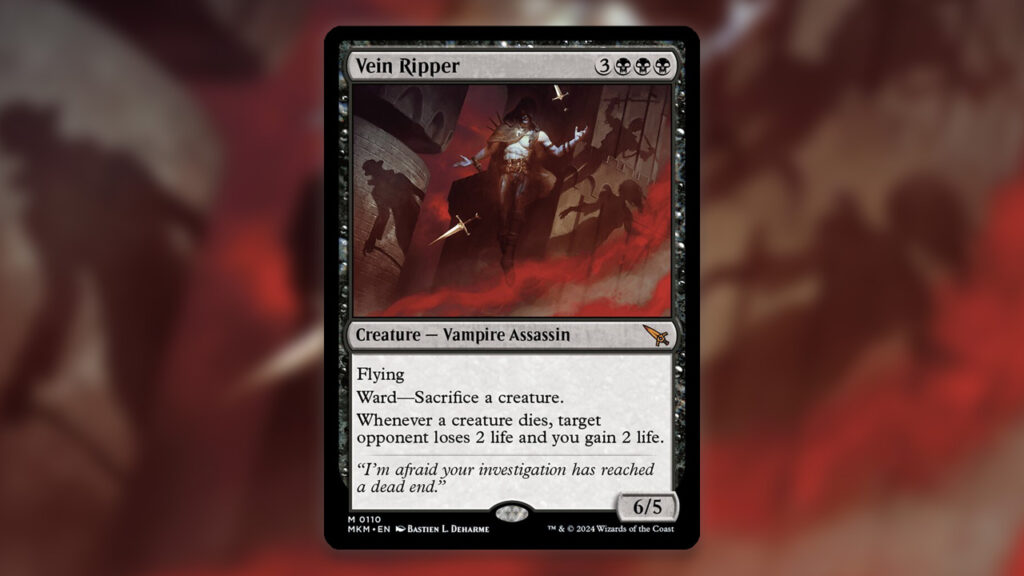
While the metagames of Pioneer and Explorer are slightly different, it’s no surprise that Rakdos Vampires is popular right now. Recently storming to victory at Pro Tour Murders at Karlov Manor, this deck is undeniably powerful. In the right hands, this deck is arguably the best in Pioneer right now! As a result, many MTG Arena players are getting in on the action too.
At its core, the Rakdos Vampires deck revolves around Vein Ripper from Murders at Karlov Manor. While this card is capable of winning games, on their own they’re not all that. When combined with Sorin, Imperious Bloodlord, however, this card becomes a turn three monster.
Boasting exceptional stats and punishment should they be removed, Vein Ripper is incredibly hard to deal with. When you couple this pairing with threats like Preacher of the Schism and Fable of the Mirror-Breaker it’s no wonder this deck is popular. In fact, at the moment, Rakdos Vampires is utterly dominating the Explorer metagame with over 25% of recent decks fitting the archetype.
Abzan Explore

Following the release of The Lost Cavens of Ixalan, a new deck broke out in Explorer and Pioneer. Focused on the Explore mechanic, as the name suggests, this deck boasts a surprisingly deadly turn-three combo! This is all thanks to the new card Amalia Benavides Aguirre who offers a board wipe and lethal damage.
To create this combo, all you need is two other cards, only one of which is mandatory. Hailing from the original Ixalan set, Wildgrowth Walker creates an infinite loop with Amalia. The only other thing you need is a card to activate this loop, such as Lunarch Veteran.
Beyond the combo itself, Abzan Explore also features staples such as Deep-Cavern Bat and Chord of Calling. Offering the deck protection alongside a reliable tutor, this deck will often hit its win condition. As a result, it’s no surprise the deck is so popular right now.
Brawl
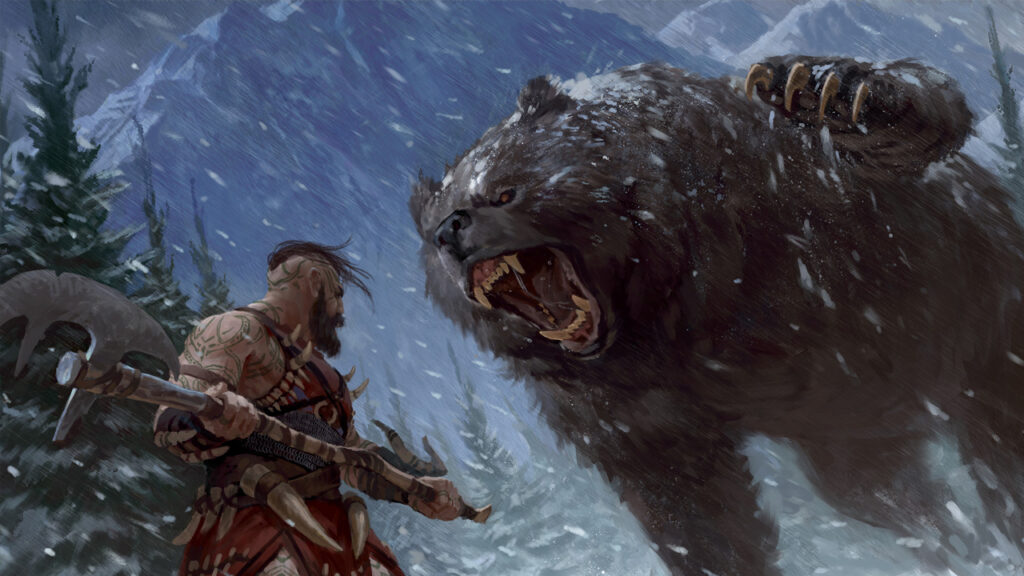
Formerly Historic Brawl, Brawl is the closest thing MTG Arena has to Commander at the moment. Unfortunately for Commander fans, Brawl is only a 1v1 format so there are no multiplayer shenanigans quite yet. Thankfully, Commander should be arriving in the future, but in the meantime, Brawl is what we’ve got!
Similarly to Commander, one of the main draws of Brawl is its creativity and freedom. If there is a Legendary creature you like, in this format, you should be able to build around them. Currently, Brawl does not have a ranked queue for players to grind through. Nevertheless, if you want to play with some of the best decks, here are some great options.
Atraxa, Grand Unifier

Considering they’re seeing play in most MTG formats, it’s safe to say that Atraxa, Grand Unifier is a very good MTG card. So much so, in fact, that they’re a great choice to helm a Brawl deck. Offering access to almost all colors, as well as bountiful card draw, Atraxa, Grand Unifier decks are exceptionally versatile.
Whether you want ramp, draw, counterspells, or removal, Atraxa, Grand Unifier decks do it all. Most of the time, hitting all of these points can lead to your opponent simply conceding before too long. Should you need something bigger, however, the top end of this deck features game-ending spells such as Omniscience, Alrund’s Epiphany, and Emergent Ultimatum.
Rusko, Clockmaker
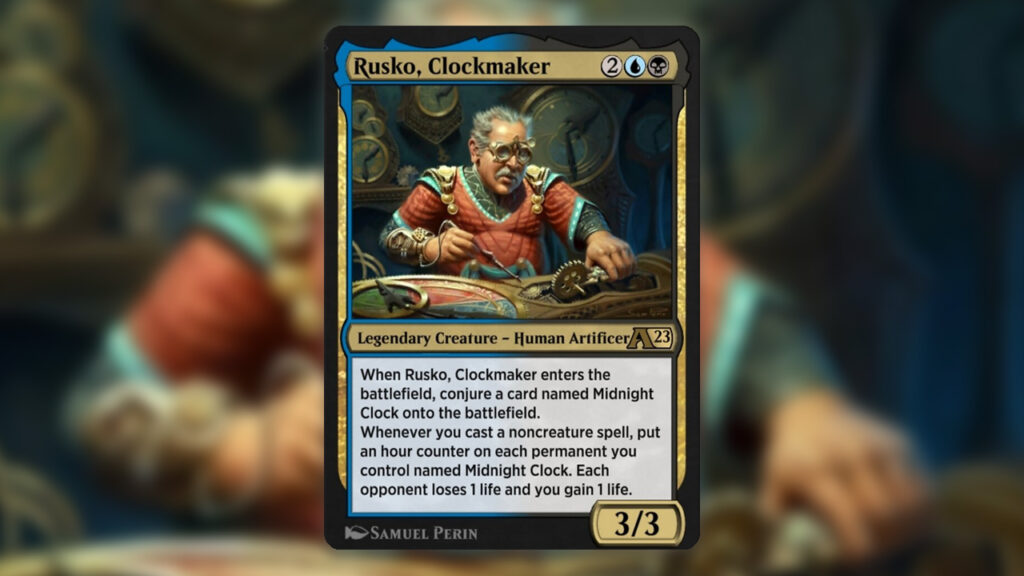
To put it bluntly, Rusko, Clockmaker is an absolute menace on MTG Arena. For the longest time, this card was absolutely everywhere, thanks to the matchmaking system being rather wonky. Thankfully, this frustrating issue has since been fixed. Now Rusko, Clockmaker is part of what’s known as the ‘hell queue’. Here, Rusko, Clockmaker faces off against only the best and most competitive decks in Brawl.
While it may seem harsh, hell queue is absolutely where Rusko, Clockmaker belongs. When combined with plentiful flicker abilities, Rusko, Clockmaker provides unrivaled draw thanks to, well, making clocks. Putting a Midnight Clock into turn each time they hit the battlefield, this mighty clockmaker offers Commander decks exactly what they need to be successful.
After gaining access to more cards than you’d ever know what to do with, Rusko, Clockmaker decks finish opponents off with colossal threats such as Hullbreaker Horror. Alongside this and a few other powerhouse cards, Rusko, Clockmaker decks are typically loaded with removal to keep opponents in check. Even if MTG Arena gets true multiplayer formats, this digital exclusive Commander will forever be a devastating Commander.
Standard Brawl

Available both on paper and MTG Arena, Standard Brawl is effectively a diet version of Commander. Both formats, for instance, have Commanders helming the singleton deck, however, there are many points of difference. Decks in Standard Brawl, for instance, only use 60 cards, rather than the 100 of Commander and Brawl. Alongside this, Standard Brawl has a rotation and only uses Standard legal cards.
Without a ranked queue to grind through, Standard Brawl is an inherently casual format. Despite this, however, if you’re looking to bring the best deck possible, then we’re able to help! Below are a few of the best and most popular choices in the format right now!
Etali, Primal Conqueror

While this Standard Brawl Commander is Red, the core of this deck is a bundle of big green stompy cards. Utilizing potent mana generators like Armored Scrapgorger and Gwenna, Eyes of Gaea, this deck is all about getting massive threats down early. One of the best of these, as the deck’s name gives away, is Etali, Primal Conqueror.
Able to eliminate your opponent in just two attacks, after being flipped, Etali, Primal Conqueror is obviously a major threat. The same is true for Titan of Industry and Kogla and Yidaro who are also found within the 59.
Toxrill, the Corrosive

While Etali, Primal Conqueror is a fairly new entrant into the Standard Brawl metagame, Toxrill, the Corrosive has seen play for years. In fact, as soon as it was printed in Innistrad: Crimson Vow, it has been a mainstay in the Standard Brawl format. Thanks to the recent changes to Standard rotation, it won’t be going anywhere soon either!
For many players, the fact Toxrill, the Corrosive is sticking around is very bad news. This is thanks to them being utterly oppressive to play against. Not only does the Commander kill your creatures over time with -1/-1 counters, but the deck is absolutely loaded with Dimir removal. With Phyrexian Obliterator, The Meathook Massacre, and Sheoldred, the Apocalypse, this deck has myriad ways to shut opponents down.
The Best of the Rest
To conclude, we felt it prudent to talk about how you don’t need the best deck on MTG Arena. Sure, it is always nice to win games, and especially qualify for events, however, that’s not the only way to have fun. Thanks to casual play queues, not every game of MTG Arena needn’t be so ultra-competitive. In fact, within these play queues, you don’t even need to bring a meta-breaking deck.
Outside of MTG Arena’s ranked ladder of all the best decks, casual play queues have their own matchmaking system. This allows appropriately powered decks to be paired up with one another so games are kept interesting. Thanks to this, if you’re playing an underpowered pet deck, you should face opponents who are doing the same thing. Subsequently, don’t think you need to be playing the most powerful deck in existence just to have a good time.
Read More: MTG Arena Free Codes and Content!
